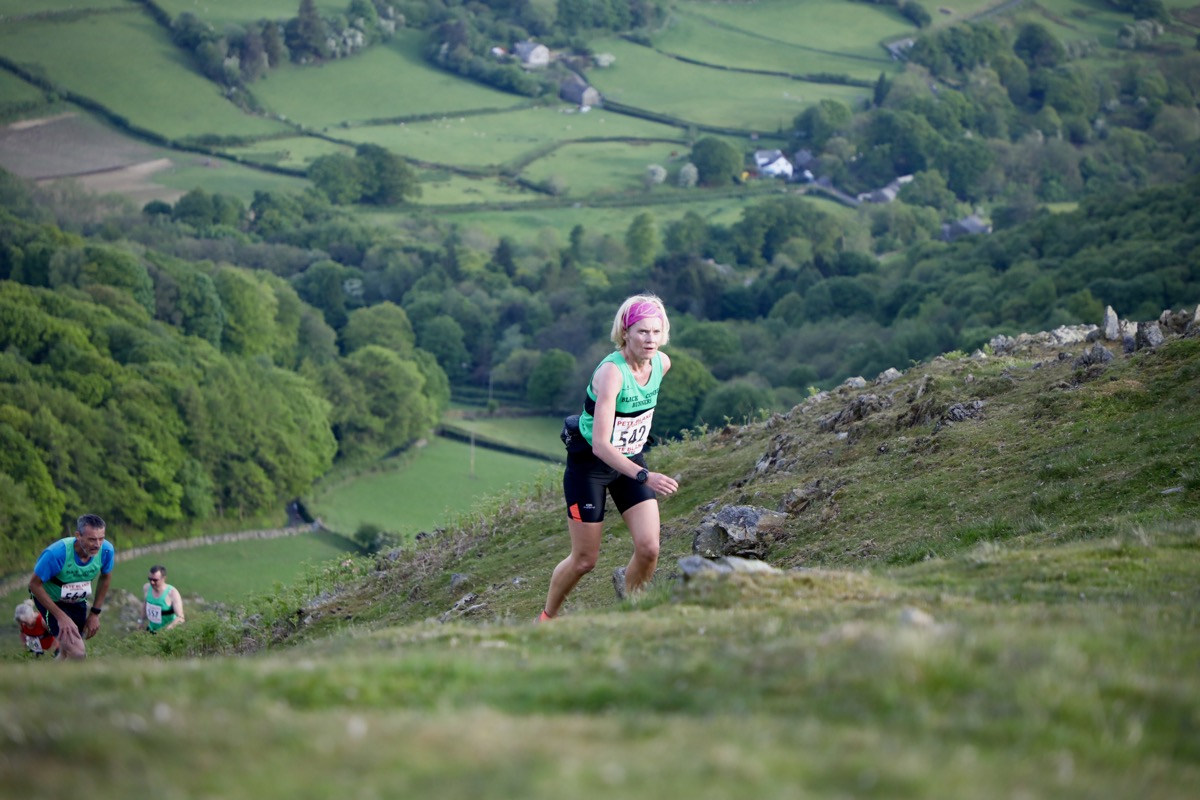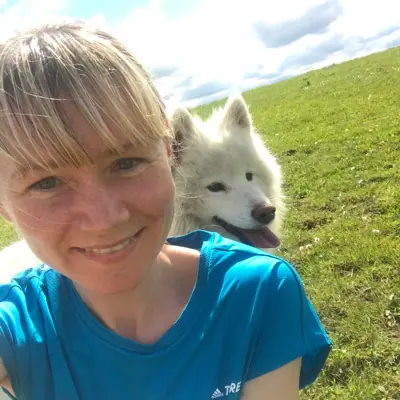The off-road running communities of Britain and North America might be separated by thousands of miles, many time zones, and the great Atlantic Ocean, but they share a lot of common ground. The recently launched Trail Ultra Project aims to provide a comprehensive account of the rapidly growing sports of trail running and ultrarunning, their cultures, and their communities, as well as to explore the commonality of these two regions. You are invited to have your say using this survey.
Led by researchers at the University of Central Lancashire in the U.K., the project aims to tell the story of off-road and endurance running in North America and Britain, from trailblazing races in the early 20th century, such as the Dipsea Race in the United States and the Ben Nevis Race in the United Kingdom, through to live-streamed ultramarathons and fastest known time GPS “dot watching” over the last few years.

Mark Tatum crossing the line at the 2021 Dipsea Race, believed to be the oldest trail race in the United States. Photo: ATRA/Peter Maksimow
Carl Morris of the Trail Ultra Project told iRunFar: “Incredibly, between 2009 and 2019, the U.S. saw a 300% rise in the number of ultra distance trail race finishers, whilst Britain witnessed a whopping 1,800% increase. The sport has clearly never been more popular. But why? Who are we? What role does running play in our lives?”
Despite the growth, in many cases, traditional values and a certain resistance to commercialization remain. Race directors welcome the opportunities for expansion, but worry about the safety of inexperienced competitors. Advocates cite concerns about the environmental impact of running and fast fashion.
The straightforward but in-depth survey will provide further valuable insights into the experiences of off-road runners, what we value, and what exactly it is about these sports that keep getting us out the door, time and time again, in all kinds of weather and at ungodly hours.
As well as questions specific to running habits, the survey, which is completed anonymously and confidentially, asks more probing questions related to race, religion, income level, and gender identity. By doing so, the study can explore in more depth the demographics of both running communities and how they fare in terms of diversity and inclusivity.
The fruits of this three-year project will be a public datahub and a book, telling the story of the recent growth in trail running and ultrarunning in North America and Britain. In time, the researchers will look to use the research to develop funding opportunities that will make a practical and positive difference on the ground.
So, if you have thoughts on where trail running and ultrarunning have been, and where you’d like to see these sports go, now’s the time to share your perspective in the Trail Ultra Project’s survey.
Call for Comments
Did you take part in the survey? Is there anything in particular you feel should be incorporated into this study?


